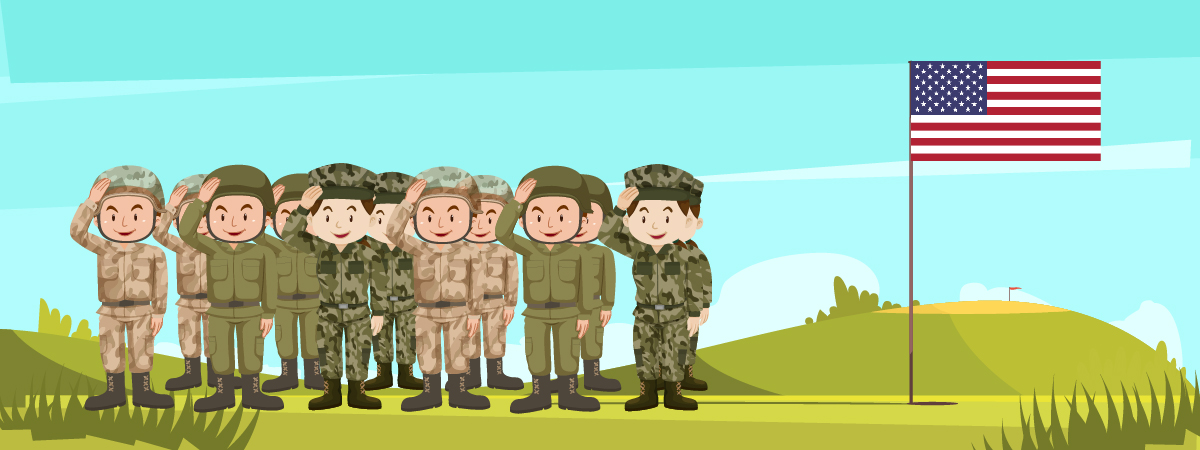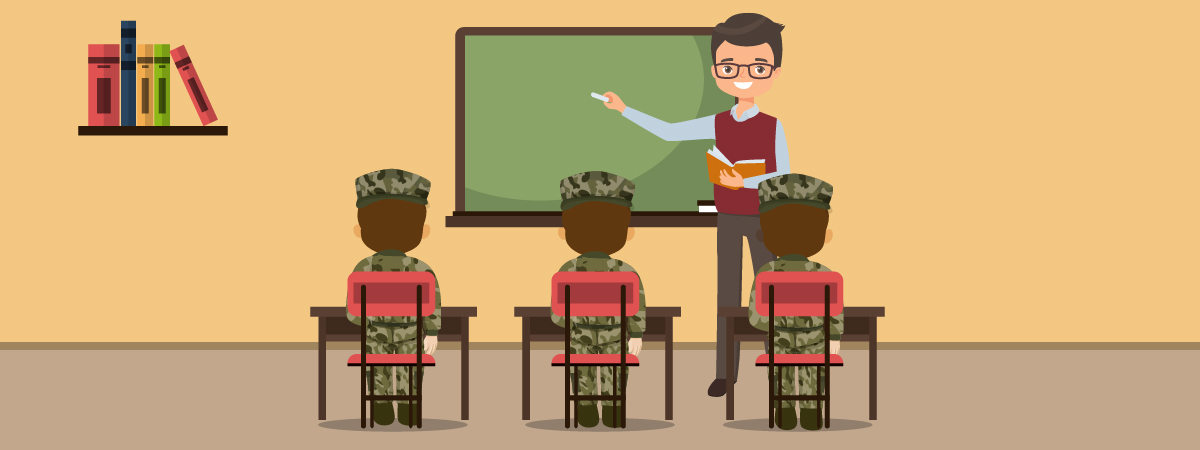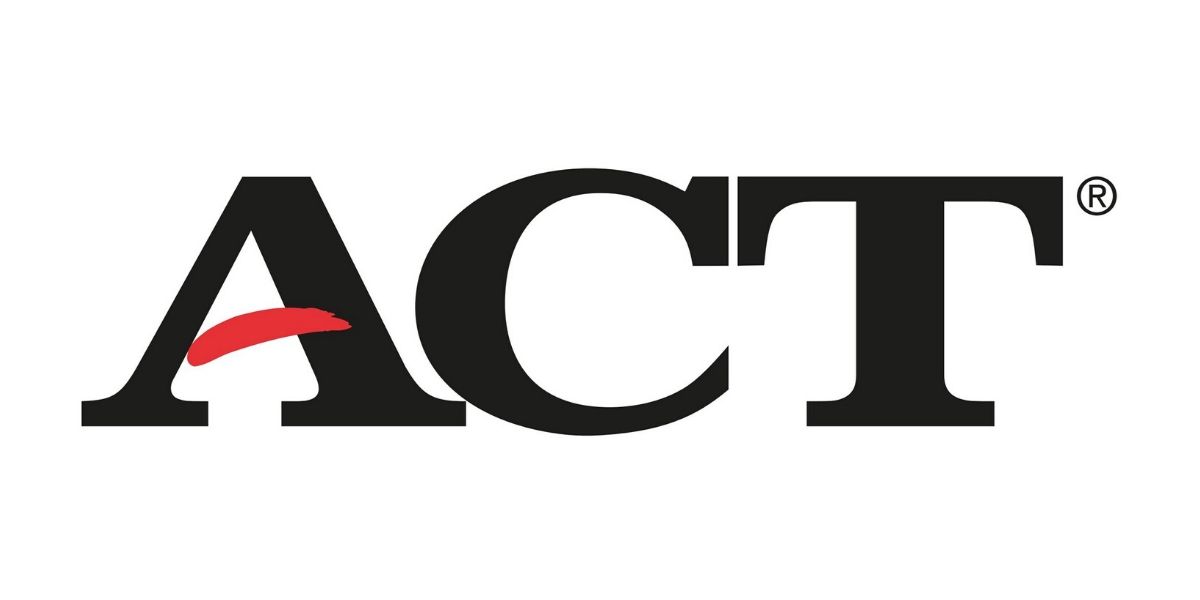How To Qualify For ROTC Scholarships
For high school students looking to serve their country and gain college education, the armed forces offer many scholarships through their ROTC programs.
Here are the qualifications for many of those ROTC scholarships, divided by branch and requirements, which is useful for ROTC test prep.
If ROTC test prep is what you are looking at right now, then our SAT and ACT prep courses can help prepare for them.

ROTC Scholarship Qualifications
| Scholarship | Benefits | Requirements | Deadlines |
|---|---|---|---|
| Army Four-Year Scholarship |
|
|
January 10th of your high school senior year |
| Army Three-Year Scholarship |
|
|
Not publicly published |
| Army Two-Year Scholarship |
|
|
Not publicly published |
| Navy & Marine Corp Four-Year Scholarship |
|
|
Deadline at the end of January for school year you are applying for. |
| Navy & Marine Corp Two/Three-Year Scholarship |
|
|
Deadline at end of January for school year you are applying for. |
| Air Force Type 1 |
|
|
December 1st on an annual basis |
| Air Force Type 2 | 3-4 years covering textbook stipends, fee coverage, and tuition with $18,000 yearly cap awarded to students at participating schools |
|
December 1st on an annual basis |
| Air Force Type 7 | 3-4 years of textbook stipends and tuition awards capped at your school’s in-state rate offered to students attending participating schools. |
|
December 1st on annual basis |

ROTC Background And Purpose
For those unfamiliar with it, the ROTC exchanges college education costs for both training and mandatory service in one of the United States’ armed services.
The modern system’s origins trace back to the National Defense Act of 1916. This legislation brought civilian-oriented military training under one federal government entity, the ‘Reserve Officers’ Training Corp’.
However, ROTC-like programs can be traced all the way back to 1862 with the passage of the Morrill Act.
This law established the creation of various land-grant colleges which, in turn, became many of today’s public universities. Part of the federal government’s requirements for these colleges was to include teaching military tactics to students. This requirement formed the basis for the first ROTC-like programs in the country.
[leadmagnet_five]
There were other developments along the way and many schools offered programs to train ordinary citizens into competent reserve officers, ready to be called in time of war. Modern ROTC programs still train primarily high school and college students for future military service.
Many high schools offer JROTC programs which prepare kids for the college-level counterparts. These college-based programs are divided amongst the different branches and have their own unique requirements.
It’s important to note that the U.S. Coast Guard does not have its own program and that the Marine Corps is basically grouped together with the Navy, given their shared history together.

SAT/ACT Requirements For ROTC Scholarships
Because there are different programs out there, divided amongst the various branches, it’s important to know what the different requirements are, especially when it comes to ROTC test prep.
Army – Of the three major programs, the Army ROTC requirements could be seen as the “easiest”. Why? Because for a student trying to qualify for a scholarship, they only need to score a minimum of 1000 points on the SAT and a 19 on the ACT. However, don’t forget that besides the score requirements are various other hurdles to cross.
These hurdles include:
- Age requirement
- Physical fitness testing
- Minimum cumulative GPA
Furthermore, students are required to spend a minimum of 4 years in Army service, with a maximum of 8 if they qualify for the full Four-Year Scholarship. Keep those facts in mind when considering the application.
Navy & Marine Corps – Because this program essentially covers two branches simultaneously, there are a variety of different prerequisites to meet depending on what you are applying for under which branch. In terms of test scores, both have slightly higher bars to meet than the Army program.
While the Marine Corps scholarships still require a minimum combined score of 1000 on the SAT, the ACT requirement is slightly higher at 22 points. For the Navy and nursing scholarship requirements both the SAT and ACT scores are slightly higher still.
In addition, certain approved majors must be selected, semester hours must already be accrued, and other prerequisites exist at the various scholarship term levels that don’t within the Army program.
[leadmagnet_two]
In short, if you’re looking for a Navy or Marine Corp scholarship, it’s possible but even more work on your part is required. Keep that in mind when considering where you want to apply.
Air Force – Of the three major programs, the Air Force ROTC scholarships may be the most stringent overall to get for college students. First, the minimum score requirements for both the SAT and ACT are the highest at 1240 and 26 respectively.
Furthermore, the minimum cumulative GPA requirement is higher and students must agree to additional levels of military training courses than their counterparts.
While the requirements are definitely the highest out of all three service branches, the benefits certainly commiserate with the rest, especially when it comes to having full college tuition paid for by the government.
All in all, if you or your child is looking to both gain a valuable education while showing a commitment to serve their country like those before them, then it doesn’t hurt to try and qualify for ROTC scholarships.
While there are many other finer points that recruiters can go over in detail, this article should at least give you a broad idea of what it takes to initially qualify and how you can benefit if selected.
For more test strategy, college admissions, and scholarship application tips sign up for our FREE class happening right now!
ROTC Scholarships FAQ
What does ROTC stand for?
The modern system’s origins trace back to the National Defense Act of 1916. This legislation brought civilian-oriented military training under one federal government entity, the ‘Reserve Officers’ Training Corps’.
Why does ROTC exist?
The main purpose of modern ROTC programs is still to train primarily high school and college students for future military service.
Which ROTC scholarships are the hardest to get?
Of the three major programs, the Air Force ROTC scholarships may be the most stringent overall to get for college students.
How did ROTC programs start?
ROTC-like programs can be traced all the way back to 1862 with the passage of the Morrill Act. This law established the creation of various land-grant colleges which, in turn, became many of today’s public universities. Part of the federal government’s requirements for these colleges was to include teaching military tactics to students.
Written by Todd Marcus
More from Todd Marcus

Taking The ACT Junior Year
If you're ambitious and want to give yourself plenty of time for score improvement, then consider taking the ACT junior…

ACT 2020 Score Release Dates
Here then are the ACT 2020 score release dates to plan around, as well as, the different kinds of available…

How To Determine Your Average SAT Study Time
If you want a high score on the SAT, then you need to put in the hours. There's no way…